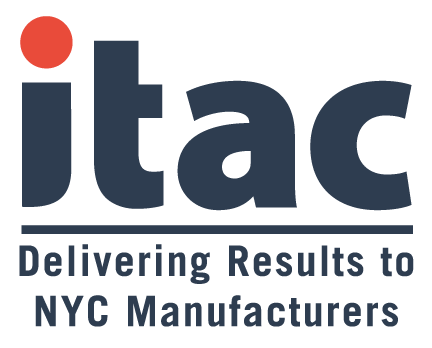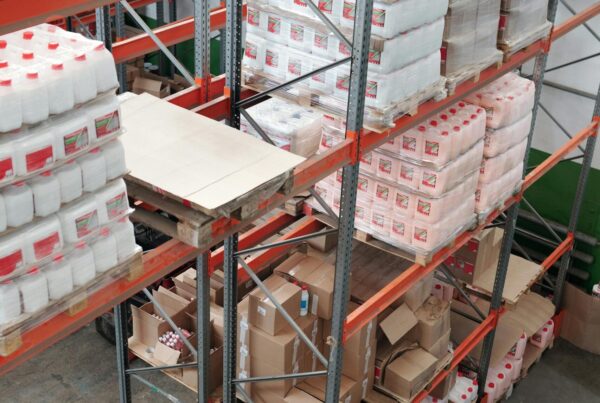5 Ways Manufacturers Can Achieve Cost Efficiency
Embracing Technology for Efficiency Gains
The allure of traditional labor practices often stems from familiarity, but manufacturers must recognize the immense efficiency gains of technology adoption. While initial investments may seem daunting, modern machinery and automation systems can drastically reduce labor costs over the long term. These technologies encompass robotics, artificial intelligence, IoT-enabled devices and machine learning algorithms, collectively enabling streamlined production, reduced cycle times and enhanced precision. Manufacturers should prioritize identifying processes that can be automated, thereby allowing human labor to be reallocated to more value-added tasks.
Investing in Workforce Training
Transitioning to a more technologically advanced manufacturing environment requires an upskilled workforce. Instead of viewing technology as replacing human workers, manufacturers can focus on reskilling and upskilling their employees to handle and manage these advanced systems. By investing in training programs, manufacturers can foster a workforce that can operate, maintain and innovate alongside new technologies, resulting in higher job satisfaction and reduced labor turnover.
Implementing Predictive Analytics
Market uncertainty demands predictive insights that traditional practices may not provide. Manufacturers can harness the power of data analytics and machine learning to forecast demand, optimize inventory levels and preempt supply chain disruptions. Predictive analytics can also enable smarter procurement decisions, preventing overstocking or stockouts, which can lead to increased costs. Manufacturers should consider collaborating with data analytics experts to fine-tune their supply chain strategies based on real-time insights.
Diversifying Supplier Networks
Market uncertainties can arise from factors beyond a manufacturer’s control, such as geopolitical events, trade policies or natural disasters. To mitigate these risks, diversifying supplier networks can be an effective strategy. Relying on a single source for essential materials can leave manufacturers vulnerable to supply chain disruptions. By cultivating relationships with multiple suppliers (and countries as applicable), manufacturers can negotiate better terms, ensure a steady supply and even tap into alternative sources during crises.
Implementing Lean Principles
Lean manufacturing principles continue to be relevant in the pursuit of cost reduction. Manufacturers can achieve significant cost savings by minimizing waste, optimizing production processes and enhancing resource utilization. Adopting a lean mindset also encourages a culture of continuous improvement, empowering employees to identify inefficiencies and suggest solutions. This approach reduces costs and fosters a more agile manufacturing ecosystem capable of adapting to changing market dynamics.
Reimagining to Remain Competitive
In an age marked by technological disruption and market volatility, manufacturers must reimagine their operations to remain competitive. The convergence of rising supply chain costs and market uncertainty necessitates a holistic approach that combines technological adoption, strategic workforce development, data-driven decision-making and innovative supply chain management. The journey towards cost efficiency and adaptability requires a mindset shift – from viewing technology as a threat to embracing it as an enabler of progress. By adopting these strategies, manufacturers can weather the storms of uncertainty and emerge more substantial and more resilient in an ever-evolving market landscape.
______
The insight for this article originated from our partner, withum.






